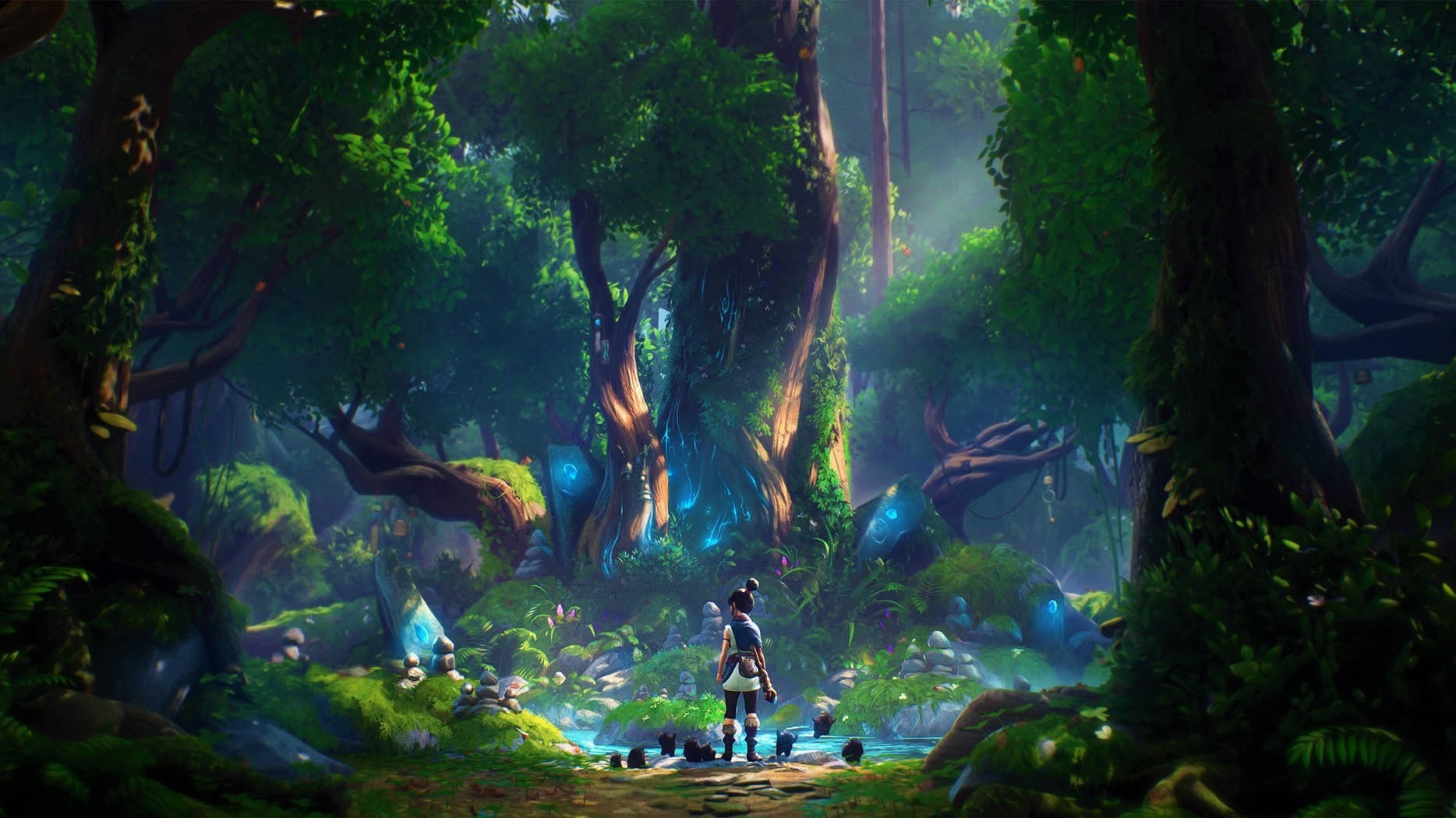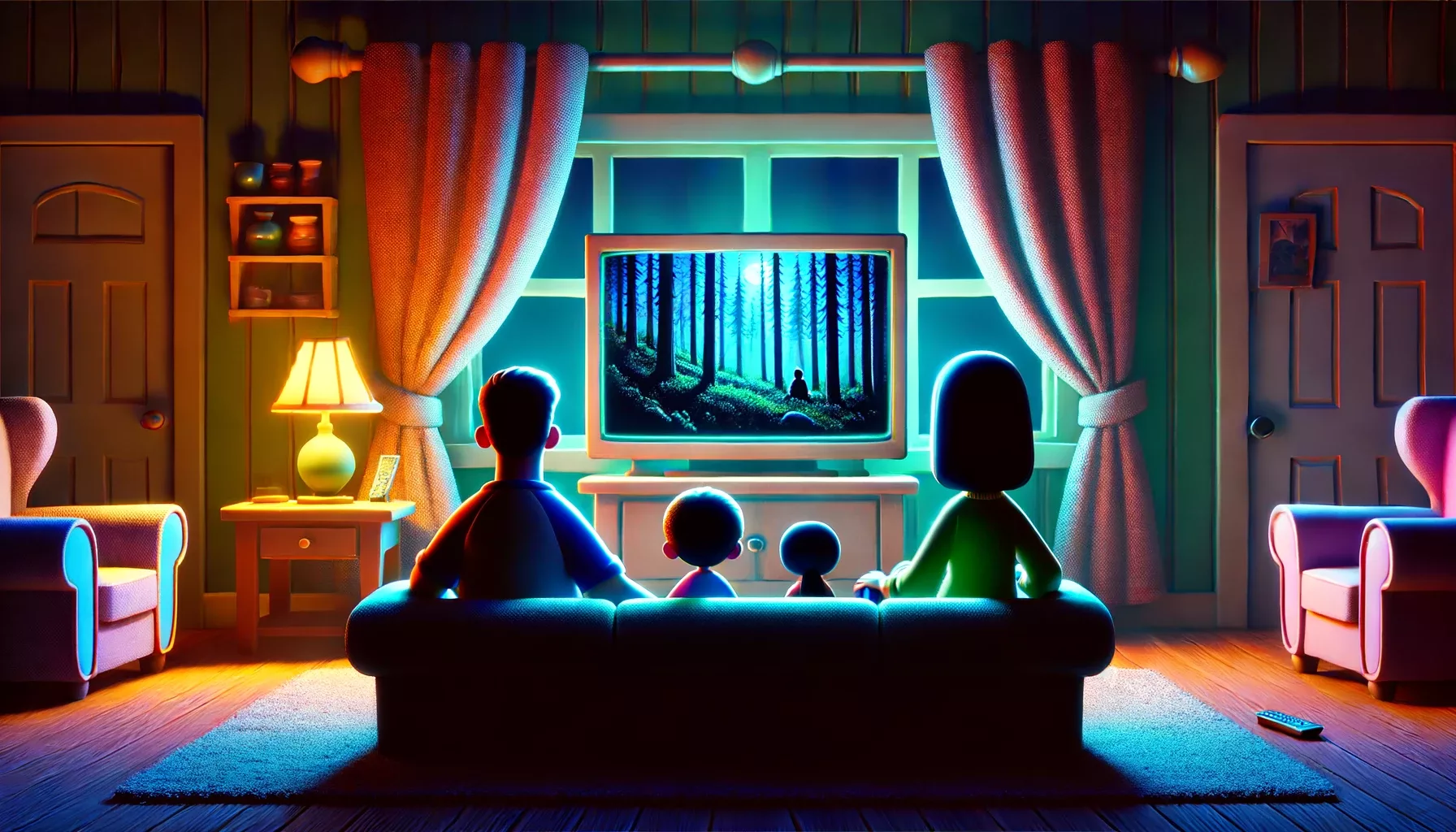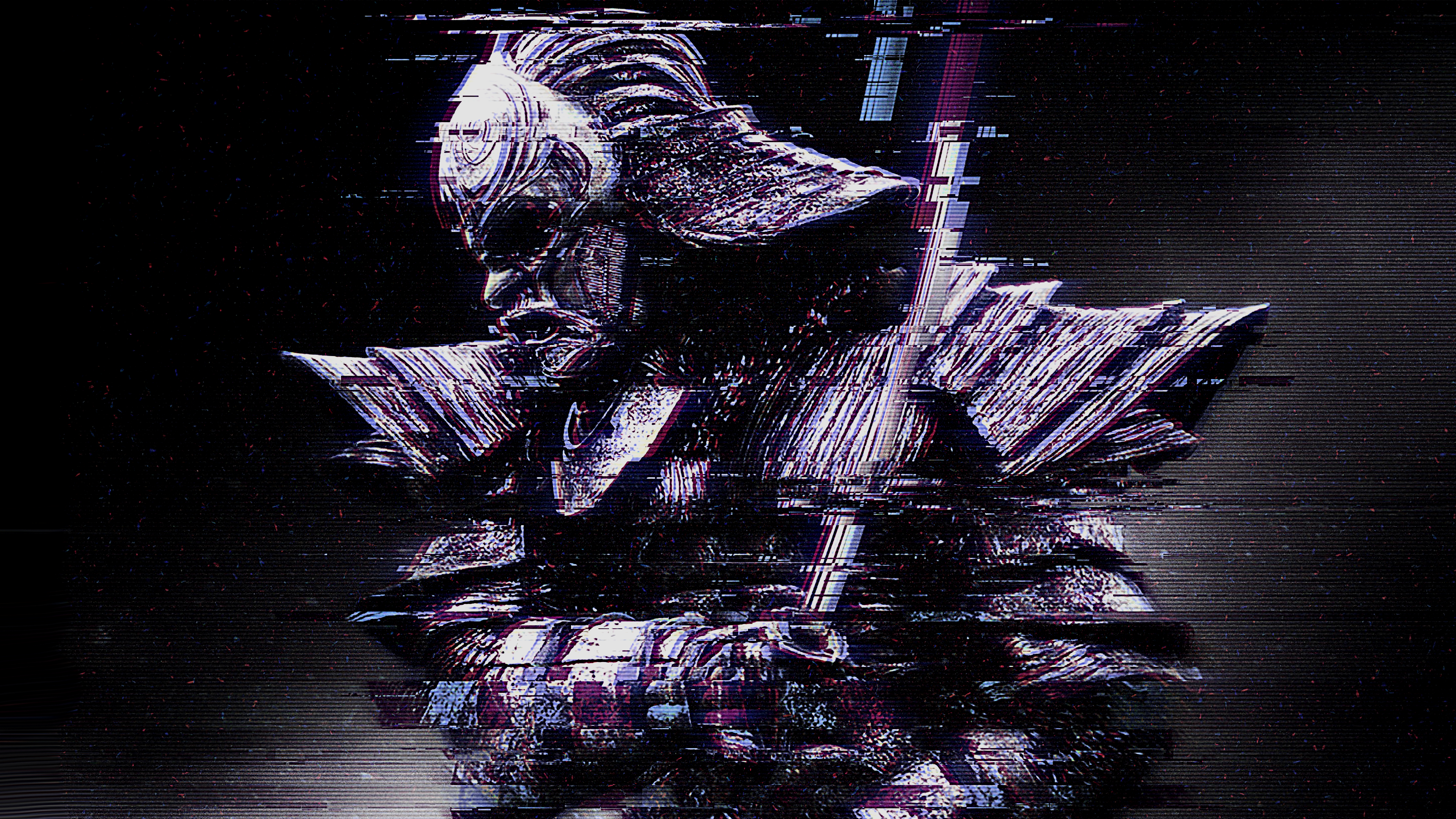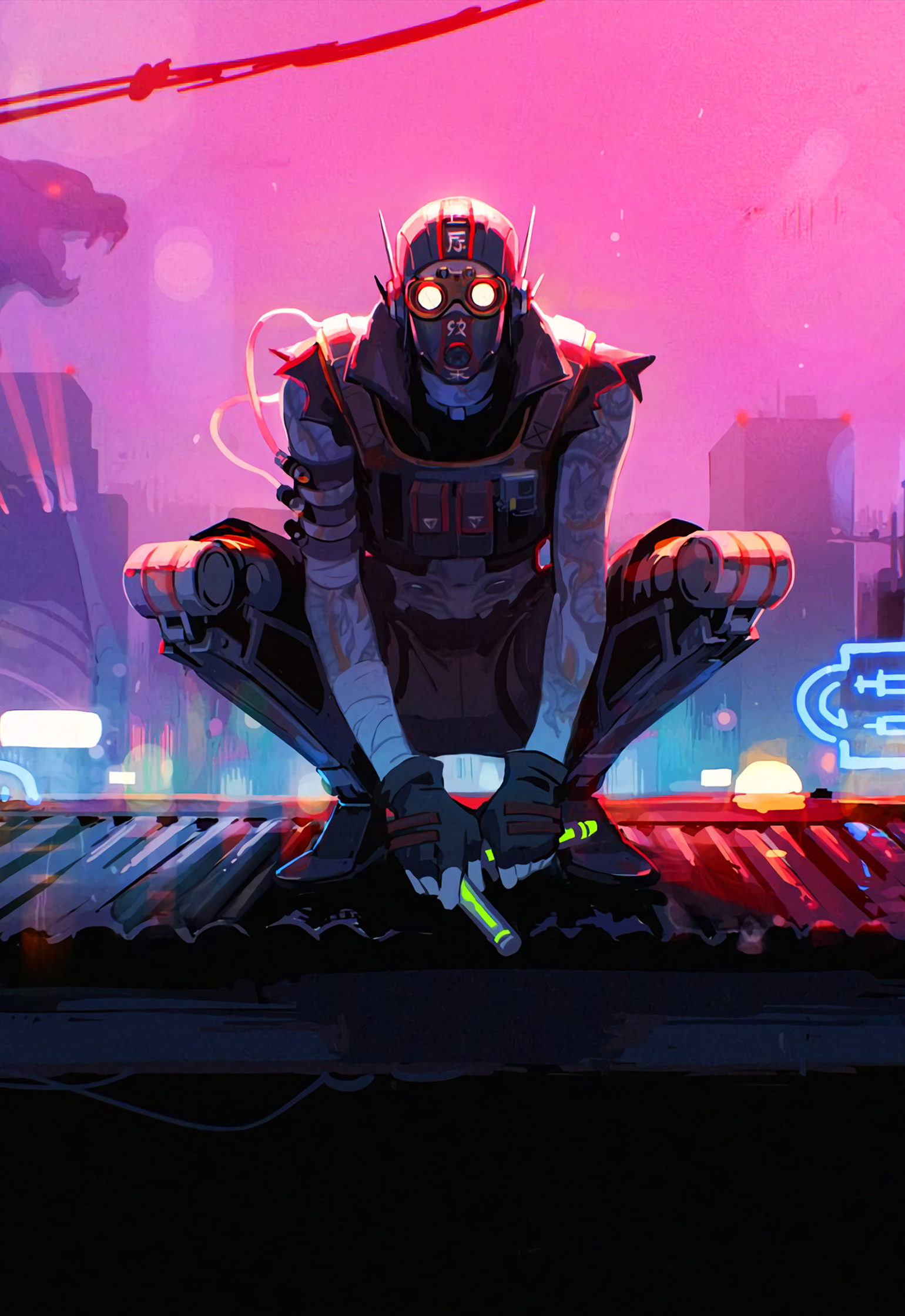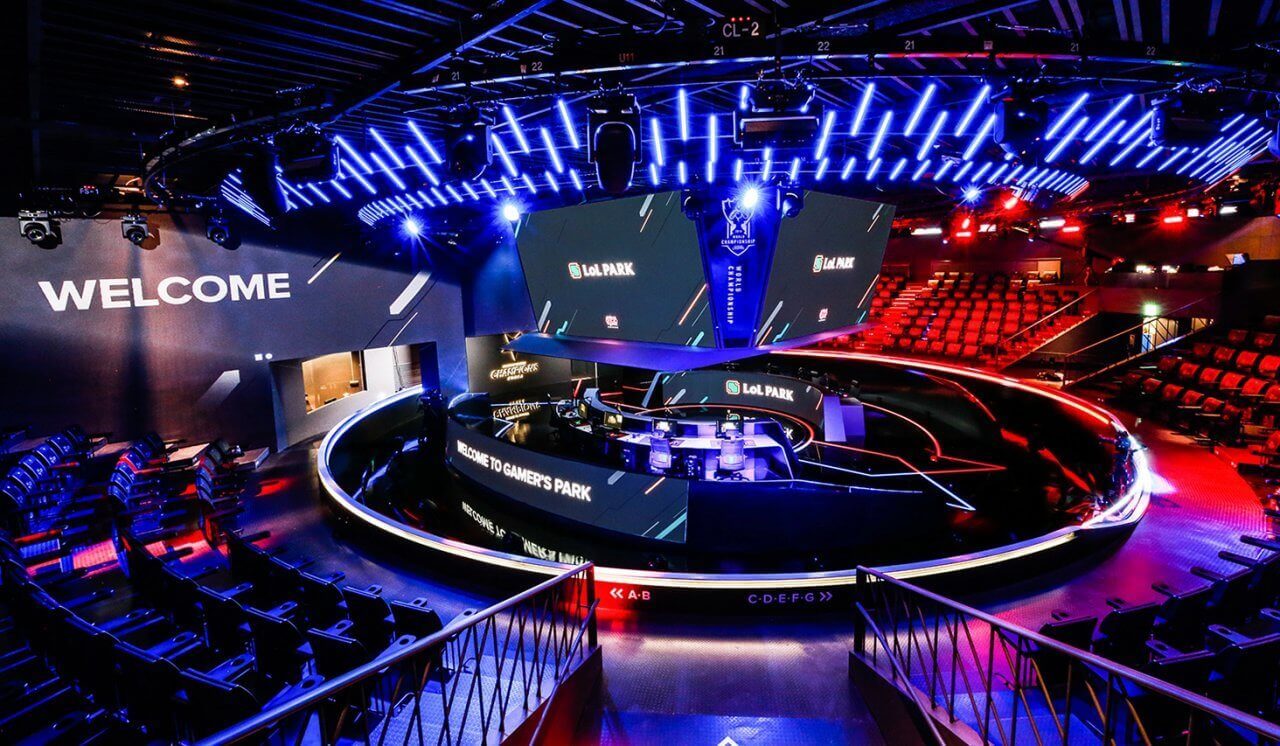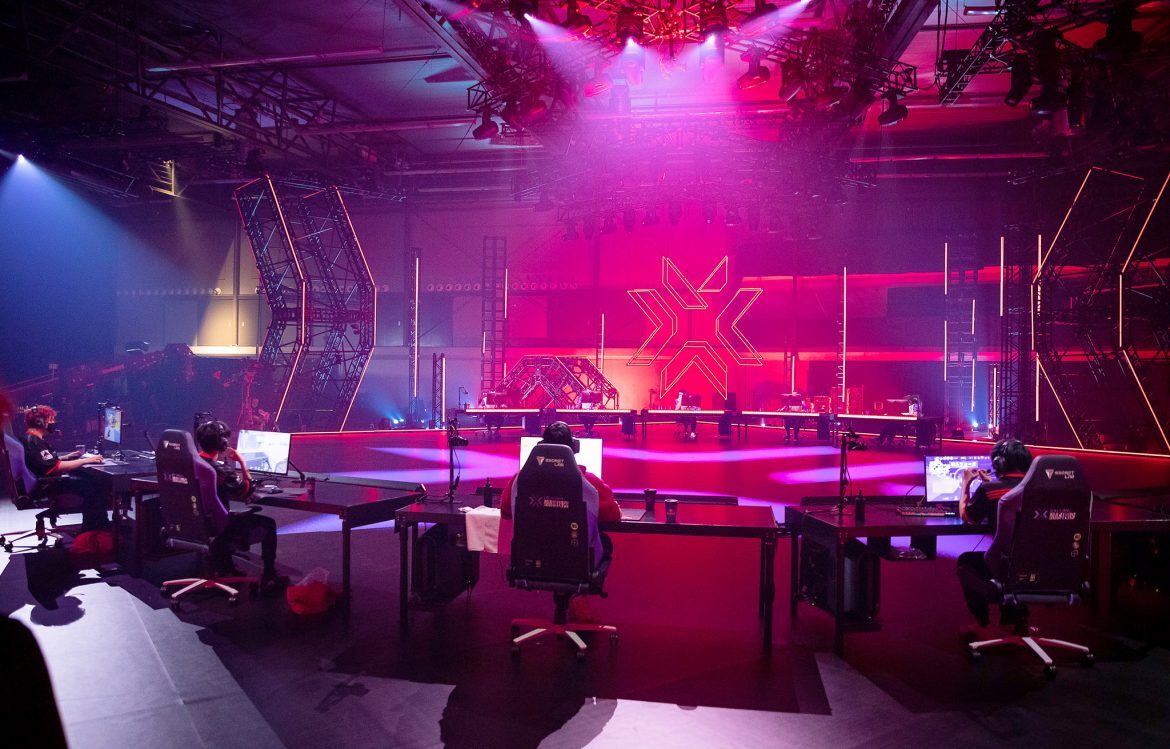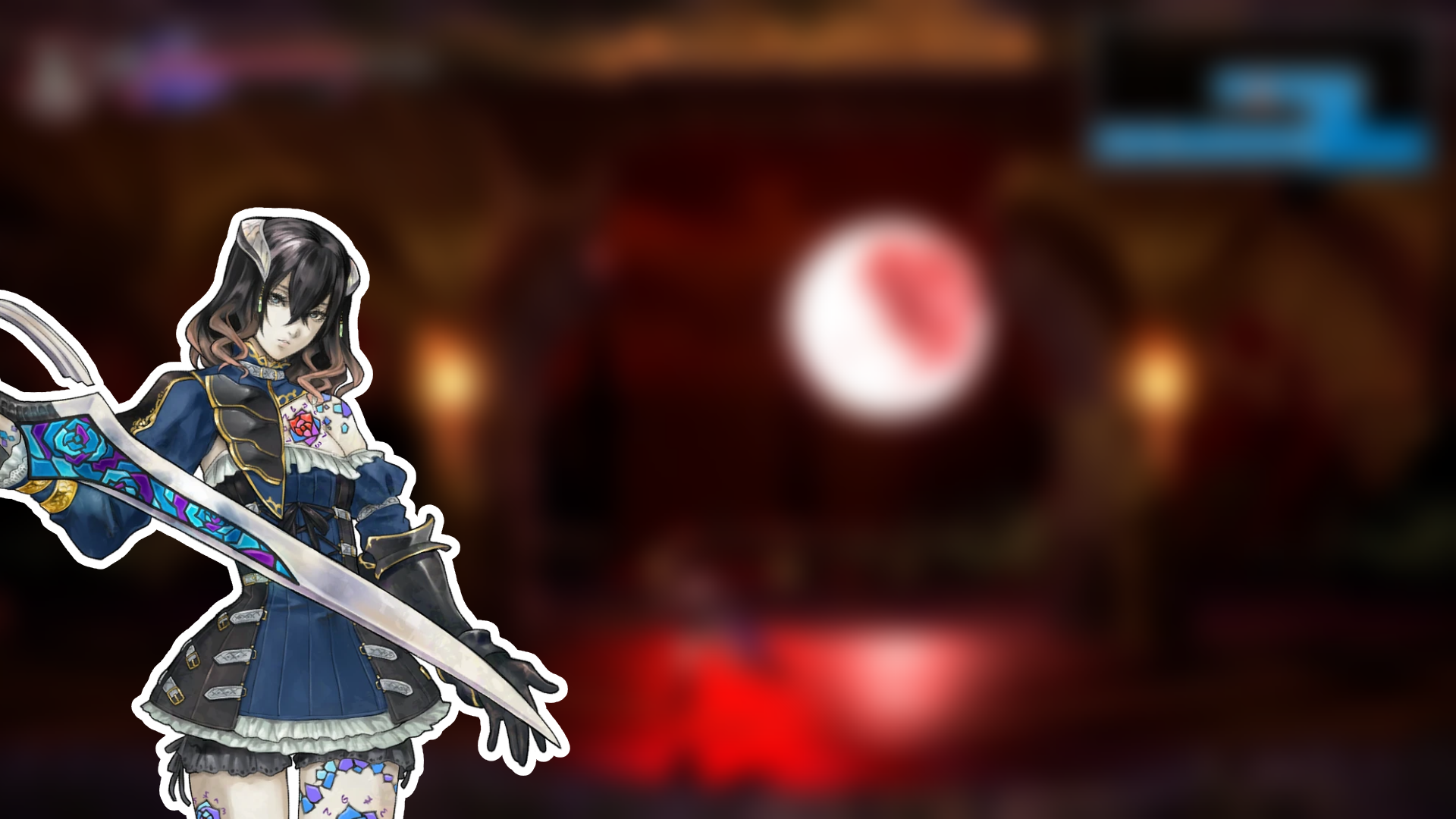What a horrible night to have to play by Konami's rules.
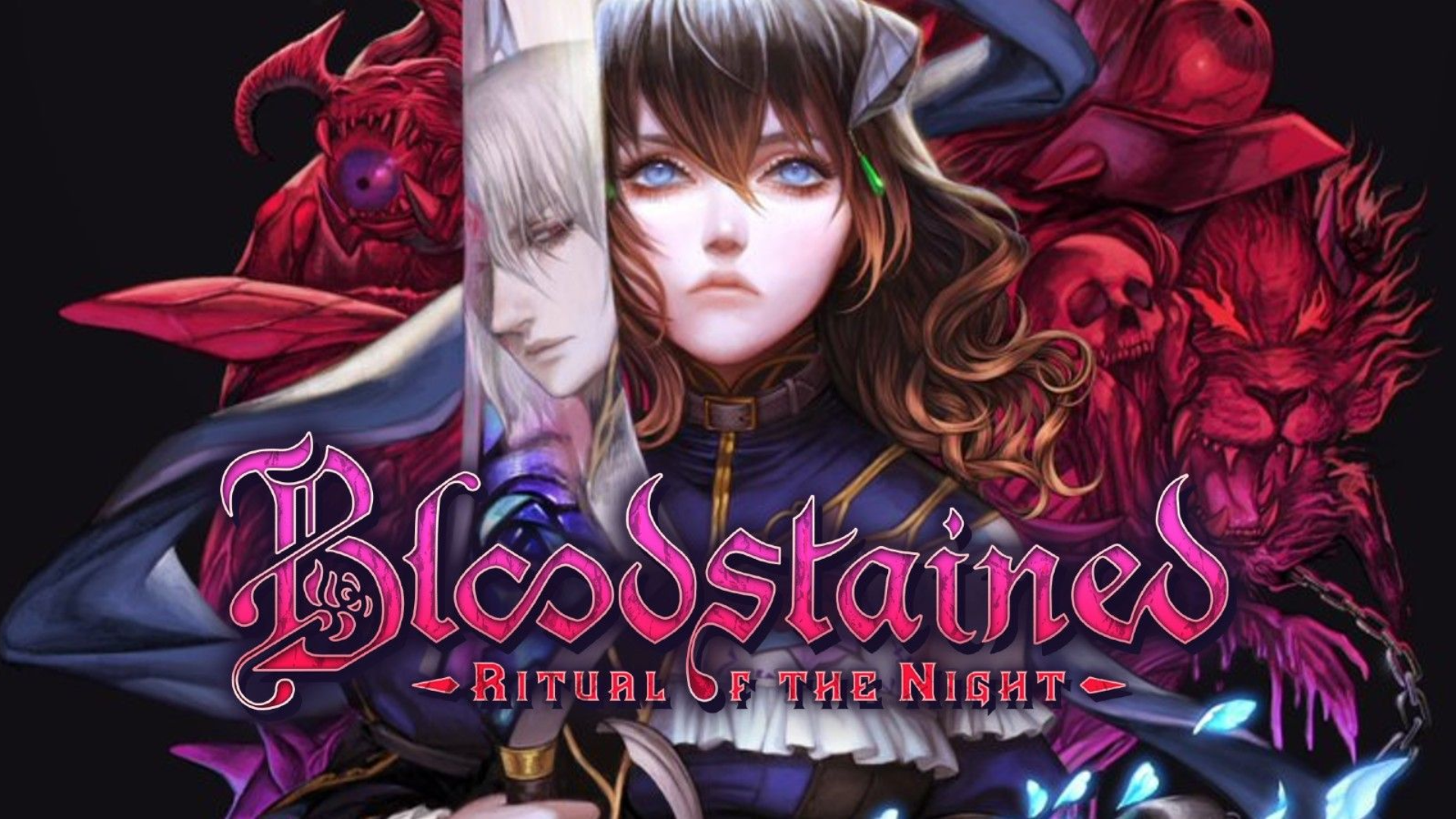
Ever since the middle of the 2010s, Japanese publisher Konami have become infamous for their questionable treatment of both the creatives employed at the company as well as the franchises they helped to create.
With them driving out their most experienced artists and relegating their most recognizable intellectual property to marketing material for gambling machines and compilation re-releases, supply and demand perfectly lined up for ex-employees to follow up their greatest hits without the company or franchise rights, as was the case with long-time Castlevania producer Koji Igarashi.
Embracing the Darkness
Starting with the original game, released on the Famicom Disk System in 1986, Castlevania became a franchise renowned for its action-platforming gameplay, incredible music and – most remarkably – its gothic art design, with programmer and director Hitoshi Akamatsu aiming to make players "feel like they were in a classic horror movie".
Starting with Castlevania: Rondo of Blood (1993), the games were then directed by Toru Hagihara, who aimed to make them feel even more cinematic. This desire eventually culminated in the release of Castlevania: Symphony of the Night (1997), which elaborated on the series' action-platforming elements with non-linear progression and RPG elements.
This style of gameplay would form part of the basis of the so-called "Metroidvania" genre. When Koji Igarashi, assistant director for Symphony of the Night, took over as series producer in 2001, the Metroidvania formula became the framework for Castlevania’s century-spanning narrative of the battle between the whip-wielding Belmont clan and the ever-resurrected Dracula.
Falling from Heaven
That was, until Igarashi opted to leave Konami in March 2014, citing both an anxiety-inducing work environment as well as creative differences, namely Konami's apparent disinterest in greenlighting production of new Metroidvania-styled titles after the 2008 Nintendo DS game Castlevania: Order of Ecclesia.
Initially hoping to start his own development studio to realize his vision for an independent game that was Castlevania in all but in name, Igarashi quickly had to face the fact that no publisher was willing to take the risk of supporting his project, forcing him to join the existing mobile games studio ArtPlay instead. For quite some time, it looked like a spiritual successor to the Castlevania games would be impossible to develop.
However, after witnessing how successful Mighty No. 9 – itself a spiritual successor to the Mega Man series – was in gathering funds via crowdfunding website Kickstarter, Igarashi wanted to adopt a similar tactic to prove public interest in the title to investors. Within hours of going live, the initial goal of $500,000 was far exceeded, finally paving the way for Bloodstained: Ritual of the Night to be developed by ArtPlay and published by 505 Games.
A Resurrection Done Right
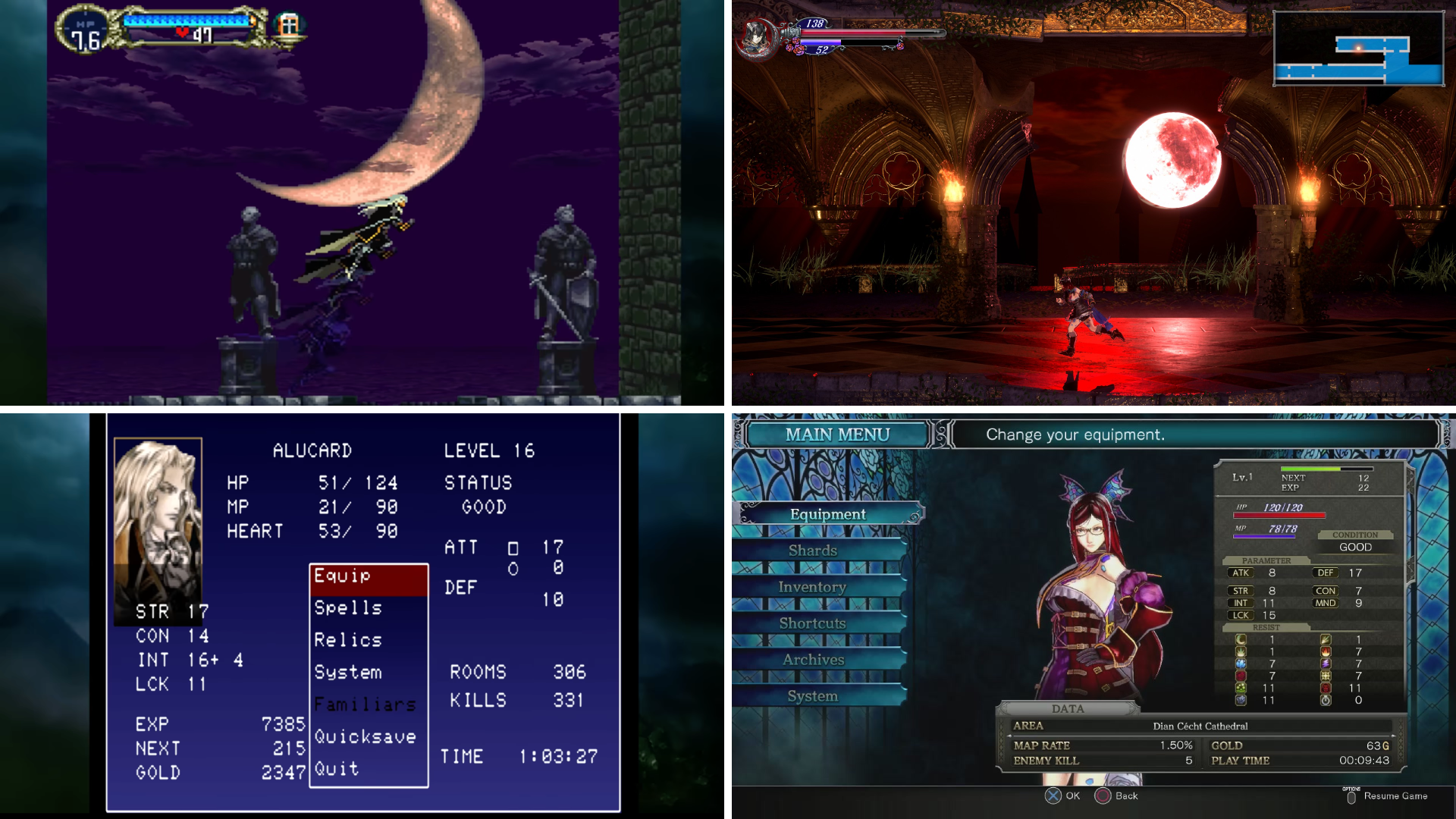
Despite initially being planned for release in 2017, the realization of the stretch goals, which were reached with $5.5 million of total collected funds, took more time than anticipated, delaying the game to 2019. In the mean time however, a smaller-scale prequel to Ritual of the Night in the style of Castlevania III (1989) named Bloodstained: Curse of the Moon (2018) was released to tease the upcoming main event.
When it finally released, Bloodstained: Ritual of the Night proved to be an effective continuation of the Metroidvania design pioneered by Symphony of the Night. As the new protagonist Miriam, players are able to collect and use various weapons and special abilities to explore a dark, labyrinthian castle and fight a demon-summoning cult.
Echoing the interconnected progression and monster-soul systems of Igarashi's Castlevania titles, Bloodstained's gothic setting, interconnected progression and emphasis on RPG-style customization position it unmistakably as a spiritual successor, even as it establishes its own lore with new characters and settings.
Ruling the Night
The game became a critical and commercial success, quickly selling millions and being supported with free DLC until 2024 and prompting Igarashi to publicly proclaim it "a starting ground" for a full Bloodstained franchise. Following Bloodstained: Curse of the Moon 2 in 2020, a prequel to Ritual of the Night is set for release in 2026 with Bloodstained: The Scarlet Engagement.
The new franchise's characters have since proven popular enough to cross over into other indie titles such as Kingdom Two Crowns in 2020, as well as Mighty Fight Federation and Blasphemous in 2021.
As for the original Castlevania series, no new mainline titles have been published since the unbeloved Castlevania: Lords of Shadow 2 in 2014 and no new Metroidvania entries since Order of Ecclesia in 2008. However, the release of the Advance Collection (2021) and Dominus Collection (2024) could be seen as a ray of hope that Konami may finally be acknowledging popular demand for the classic gameplay style.
